
Agriculture
January 19, 2024
Clean Team Toilet and Clean Team Toilet Waste Management Service
Read SolutionImplemented by
Clean Team Ghana
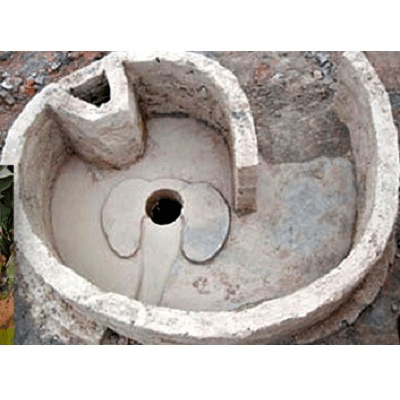
Updated on August 13, 2024
·Created on August 27, 2015
Elephant Toilets are VIP latrines for rural applications.
The Elephant Toilet is a ventilation improved (VIP) Latrine designed for rural sanitation applications.
Target SDGs
SDG 6: Clean Water and Sanitation
Market Suggested Retail Price
$127.00
Target Users (Target Impact Group)
Household, Community
Distributors / Implementing Organizations
The Africa Trust has distributed toilet since 2013, Pump Aid (2009 - 2012).
Countries
Liberia, Malawi, Uganda, Zimbabwe
Manufacturing/Building Method
Hand built by local masons and community members, the cement in the Elephant Toilet is mainly used to mold a reusable slab that sits above the main toilet pit. The circular concrete slab is approximately 36 inches in diameter, 4 inches thick, made from 1 bag of portland cement mixed with coarse sand, and reinforced with any available salvaged metal rods or wire. The concrete mixture is poured into a circular mold described by string, and comprised of utility bricks on the ground with a hand-sized, semi circle of metal rod exposed from one side which forms a handle for moving the pad when existing pit is full. The pad features footpads on flanking an 8 inch center hole for solid waste, and channel for liquid waste diversion.
For the pit construction, required materials include bricks, sand or rocks to line the pit.
Intellectural Property Type
Open-source
User Provision Model
The Elephant Toilet is built in communities where the African Trust operates and is funded by donations.
Distributions to Date Status
From 2009–2012 Pump Aid piloted a project that trained former child soldiers to build Elephant Toilets for Liberian communities, delivering 300 Elephant Toilets. The number of Elephant Toilets implemented by the African Trust is unknown.
Toilet type
Pit latrine
Evacuation method
Dry
Storage conditions
Pit
Capacity (L)
Unknown
Time until emptying
Unknown
Design Specifications
The Elephant Toilet consists of a concrete slab, and thatched roof hut, with the toilet positioned over a 3 meter pit lined with stones. Users stand on the elephant's “ears” and urine is removed by the “trunk”, or channel, to a nearby earth-covered compost pit. The faeces decompose more easily without urine, as urine kills its useful bacteria. Vegetation can be enriched by the pit's nitrogen rich urine. A privacy structure can be built around the pit, with an internal chimney running up the wall, using sun-dried mud bricks.
Once the pit of the toilet has reached full capacity the stone lining of the pit enables the user to plant a productive fruit tree in its place and move the reusable slab for a new toilet.
Technical Support
Local masons or community members involved in construction are responsible for ongoing maintenance.
Replacement Components
The Elephant Toilet's concrete pad, its primary component, is possible to replicate. The separately-constructed pit and superstructure require local labor.
Lifecycle
The pad can be reused over a new pit when an existing pit has been filled with solid waste. Pit capacity is unspecified.
Manufacturer Specified Performance Parameters
Unknown
Vetted Performance Status
Unknown
Safety
Safe handling of waste materials requires protective clothing.
Complementary Technical Systems
Privacy and insect screening is achieved by building a superstructure over the toilet. Improved urine diversion can be achieved by plastering the wall in front of the toilet so that standing urination is directed at wall and into channel rather than into pit hole.
A clear plastic bottle covered in pin prick holes can be placed at the top of the chimney creating a ventilation system which also traps flies. Seso, a local plant with antiseptic properties can be grown outside the toilet and users can pick a leaf to use as soap to wash their hands with after every visit.
Academic Research and References
The Africa Trust, The Elephant Toilet. Available: https://www.theafricatrust.org/index.php?nav=whatwedo_toilet
Goal 6. Available: https://sdgs.un.org/goals/goal6
Compliance with regulations
None
Evaluation methods
Field trials. In 2012 Pump Aid evaluated an Elephant Toilet pilot in Liberian communities to assess the functionality and suitability of the technologies and the impact of the programme. They concluded that while the Elephant Toilet was appreciated by the beneficiary households, a further scaling in Liberia was not viable as it required expensive inputs (cement) and tools (casting molds) and made the solution unaffordable for both artisans and households.

Agriculture
January 19, 2024
Implemented by
Clean Team Ghana
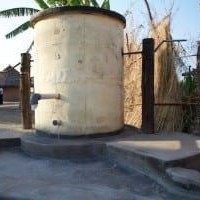
Agriculture
December 26, 2023
Implemented by
Pump Aid
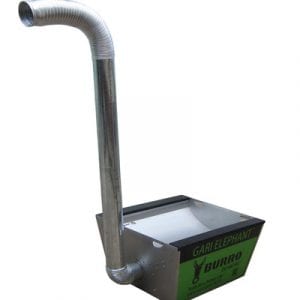
Agriculture
January 28, 2024
Implemented by
Burro

Agriculture
August 8, 2024
Implemented by
Patrick Kiruki, Banza Sanitation
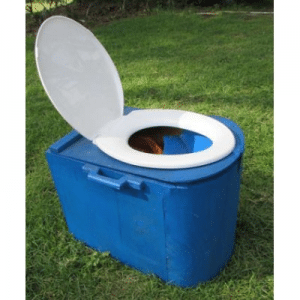
Agriculture
January 22, 2024
Implemented by
Sanivation

Agriculture
December 13, 2023
Implemented by
change: Water

Agriculture
January 2, 2024
Implemented by
University of Colorado
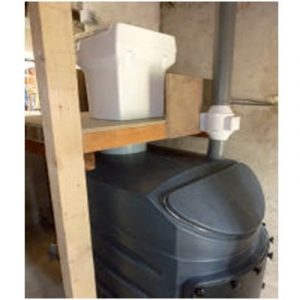
Agriculture
December 18, 2023
Implemented by
Clivus Multrum
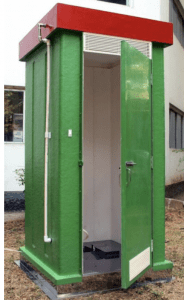
Agriculture
August 13, 2024
Implemented by
Indian Institute of Technology (IIT) Bombay

Agriculture
August 13, 2024
Implemented by
LEHO SAS
Have thoughts on how we can improve?
Give Us Feedback